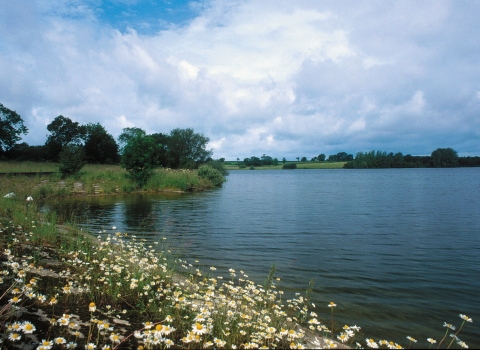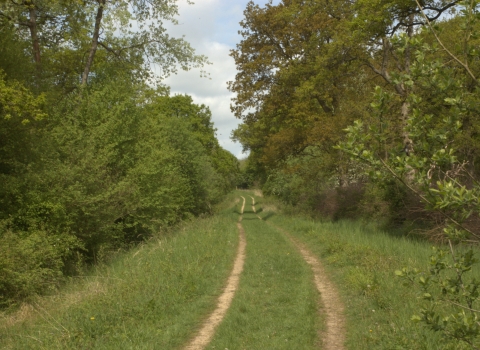
Nick Jarvis
Location
Know before you go
Dogs
When to visit
Opening times
Open at all timesBest time to visit
March to AugustAbout the reserve
Centuries old
Pilch Field is made up of two wet meadows and a small triangular field. Surrounded by fine hedgerows with ash standards, the site also includes a patch of scrub. Ancient ridge and furrow plough marks can still be seen in many old meadows and pastures such as these Buckinghamshire grasslands. Once the ploughed lands were returned to pasture, the wild flowers would have reappeared in the absence of modern weedkillers and fertilisers.
Flushes of wildlife
Wet 'flushes' are fed by water seeping through the soil. In spring, clumps of marsh-marigold mark the damper soil. Rushes, sedges and wetland wild flowers such as meadowsweet, marsh valerian and the early marsh-orchid flourish here.
Meadow marvels
Hundreds of green-winged orchids, once a common sight in meadows such as these, appear in early May, growing along the tops of the ridges. They are followed by common spotted orchids in June. There are plenty of butterflies, grasshoppers and other insects. Look out for the ant-hills made by the yellow meadow ant.
Hedgerow haven
The bordering hedgerows are alive with warblers. Other birds of interest include yellowhammer, reed bunting and overwintering snipe. Look out for brown hares - their larger size, long legs and black-tipped ears distinguish them from rabbits.



